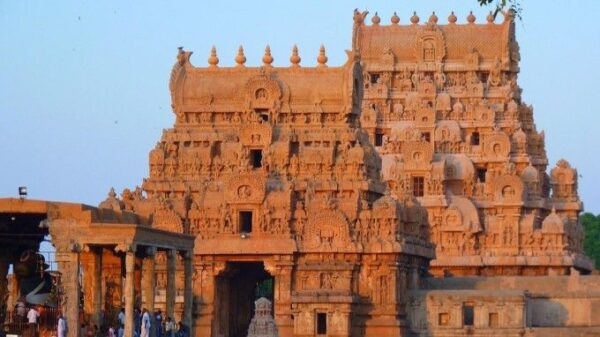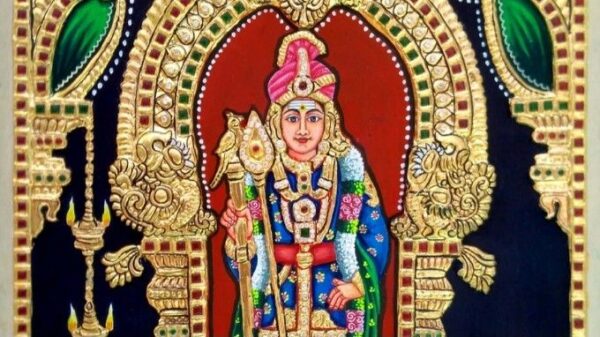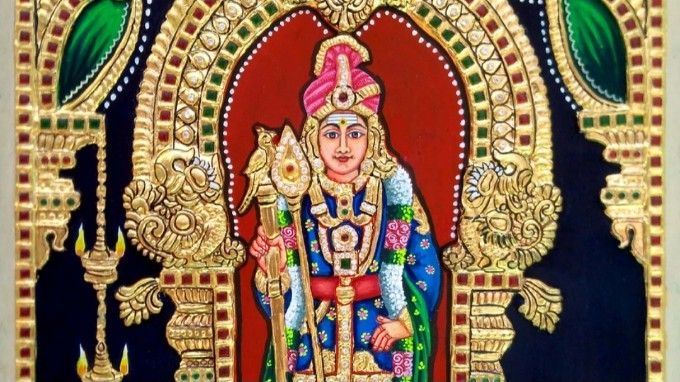India, as a country, is oftentimes mentioned for its amazing talent and skilled artists. Among this great amount of talent lies the Tanjore art which hails from the southern state of Tamil Nadu. It is like a symbol of the greatness, opulence and luxury of Tamil Nadu. Some people even state that Tanjore art is not just a painting but also a spiritual experience. This art style started in the sixteenth century, during the reign of the Nayaks of Thanjavur because they loved all things that were related to art and literature.

Meaning of Tanjore Art
When it comes to “All Cultures of India: Tamil Nadu’s Tanjore Art”, Tanjore art was widely depicted in the temples of Tamil Nadu and these temples were greatly flourishing with art under the rule of the Nayaks. It was such a kind of religious art that everyone may use for worshipping. It is like the artists paint and offer the painting as a form of their devotion to God. It was a kind of method for them to tell their stories in a visual way and it even combined the aesthetics of the Deccan Plateau as well as the Maratha region.

In the beginning, they were simply mural paintings that were done on temple walls but they moved soon into paintings that were done on wooden panels which was an improvement because now it could be transported from one place to the other. These paintings used to be exchanged by members of the royal family. The themes of the paintings mainly showcased religious deities like God Krishna when he was a baby with his playful expressions as he ate the butter of Mother Yashoda.
How to Recognize the Signs of a Tanjore Painting
You can recognise a Tanjore painting by its rich colours which are always created with the help of natural pigments like minerals or vegetable dyes. You might spot the background that is painted in a bright shade of green or a rich red or a deep midnight blue. These kinds of backgrounds allow the foreground to stand out, which will make the gold leaf even more attractive. When it comes to “All Cultures of India: Tamil Nadu’s Tanjore Art”, these paintings are always done with gold foil. This gold foil has the purity of twenty-two karat and it is the proof of how extremely grand these paintings are. This gold foil is applied over gesso relief work. The gold that is used does not only make the painting look grand but it also ensures that the shine of the painting remains and that it remains untarnished for generations. Gesso work is basically a paste that is created from chalk powder and a binding agent which is used to create raised relief areas like it is used in the creation of crowns.
The Colonial Influence
When it comes to “All Cultures of India: Tamil Nadu’s Tanjore Art”, the Europeans fell in love with these paintings when they came to ‘trade’ in India. They began to commission the paintings of Jesus Christ or Mother Mary or other reputable figures of the Bible. These pieces are now considered one of a kind. They were commissioned and sent to their families in Europe. All these paintings took a lot of riches to create.
In conclusion, in the year of 2007, Tanjore paintings got the Geographical Indication tag, which gave recognition to its great uniqueness. This allows artists to get legal protection against paintings that are created by machines. This is a great improvement for all the artists who still create Tanjore paintings.
Author
Shreeja Mukherjee


